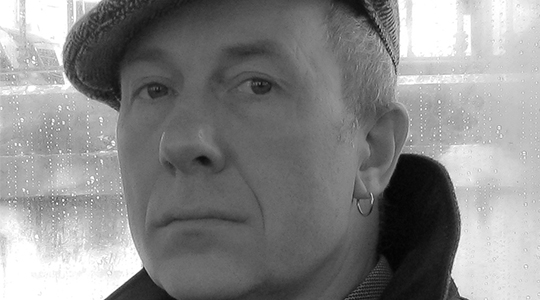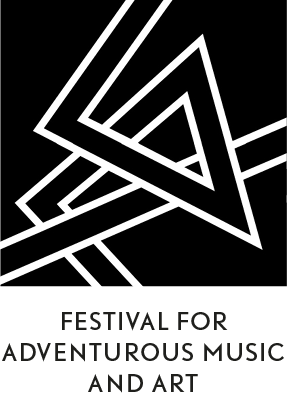Kees Tazelaar
[NL]

Kees Tazelaar is a composer and sonologist. In addition to his own works he has contributed to music theatre projects, and in recent years has worked intensively on the restoration and reconstruction of major electronic works from the past including pieces by Edgard Varèse, Iannis Xenakis, and György Ligeti.
Tazelaar works mainly with complex tape compositions. He uses multi-channels for an immersive experience using the parameters of space in addition to the more traditional aspects of pitch, rhythm and timbre. Head of the Institute of Sonology, State University of Utrecht, Netherlands, Tazelaar teaches composition and voltage control techniques and lectures widely on electronic music. As Visiting Research Fellow at the University of Bath in 2006, he took part in the Virtual Electronic Poem project, involving the universities of Bath, Berlin, Turin and Gliwice, Poland. Theatre projects he has contributed to include Dick Raaijmakers’ Die glückliche Hand geöffnet and Scheuer im Haag and Theatergroep Hollandia’s Perzen and Varkensstal. His restoration works have included compositions by Gottfried Michael Koenig (Klangfiguren II, Essay, Terminus), Jan Boerman (Kompositie 1972, Ruïne), Edgard Varèse (Poème Électronique), Iannis Xenakis (Concret P-H), György Ligeti (Pièce Électronique no.3, Artikulation), and Luctor Ponse (Concerto voor Piano en Band).
Born in The Hague in 1962, Tazelaar came into contact with electronic music in 1981 in course at the University of Utrecht’s Institute of Sonology. He then studied sonology for two more years at The Hague’s Royal Conservatoire, followed by four years of composition with Jan Boerman.
In 2013, Kees Tazelaar received a PhD at the Technical University Berlin for the dissertation On the Threshold of Beauty: Philips and the Origins of Electronic Music in the Netherlands 1925–1965 subsequently published by V2 / NAi. Tazelaar has presented work at many international festivals—Lustre premiered at the 2009 Festival for Electro-acoustic Music in Shanghai.

